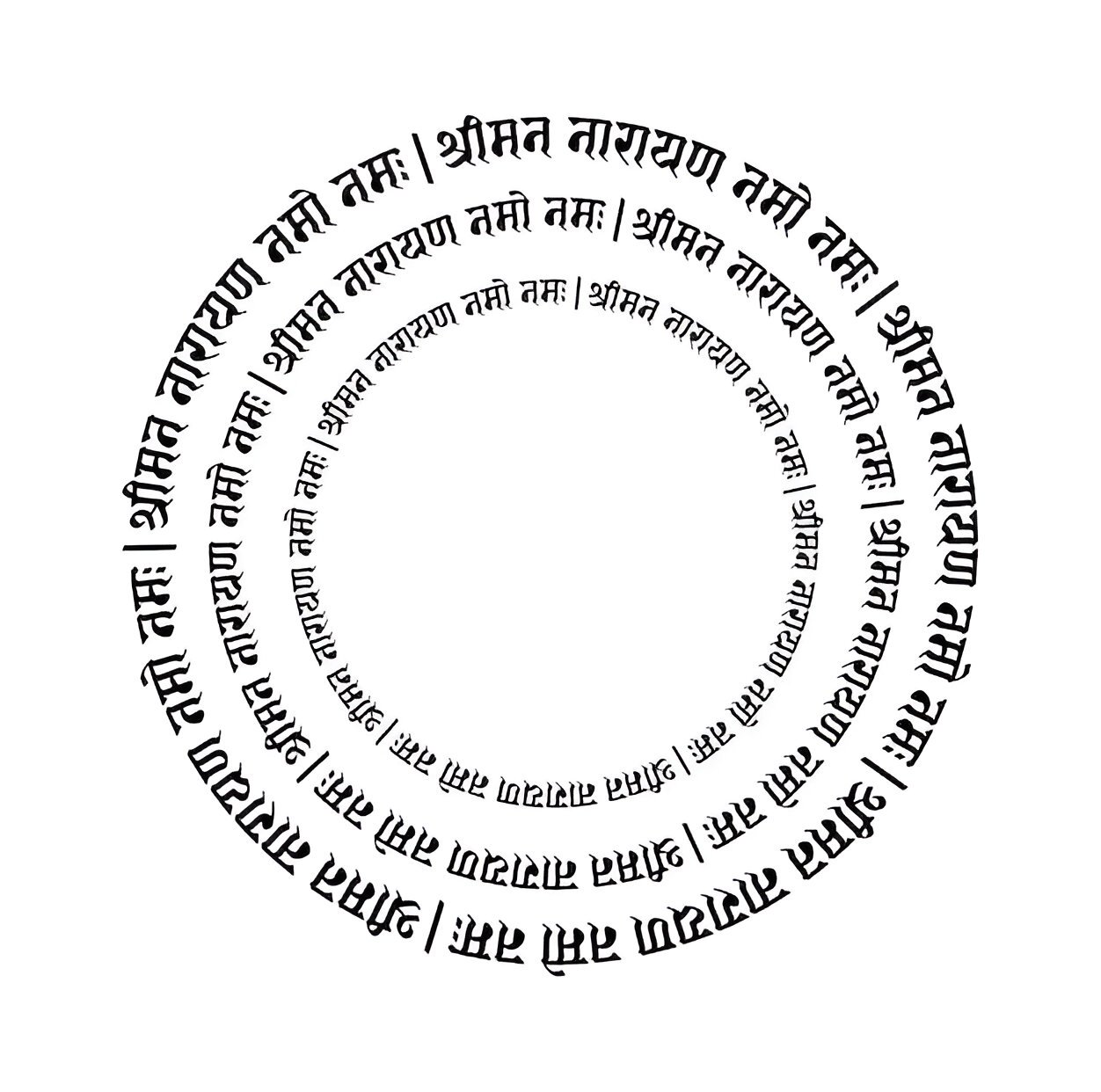Sanskrit is the only language that reflects the sounds and grammar of spirituality. This is what you can find in the Vedas. And, that is why, we recite mantras in Sanskrit. It’s probably the only verse, the only sound that syncs with cosmic forces of the universe. Moreover, according to the Indian traditions, the sounds created by Sanskrit pronunciations bring about a healing effect. If you delve into Tantra and Yoga, you will find that mantras are important powerful tools for healing. It is also said to awaken the universal consciousness. Sanskrit mantras are thus, vibrational science, which activate the energies of the cosmos.
In this blog, you will learn why and how you can utilize Sanskrit for complete healing not only of the mind and body, but of that of the soul.
Exploring The Sounds And Their Meanings In Sanskrit
This comes at the first, as you do not need to go about assuming things, which yield no results. Here we are talking about the Sanskrit meanings per se. For the beginners, the sounds and meanings in this language are the same. So, if you recite the sounds properly, they will yield the same result, as when you would have recited with the knowledge of meanings.
Any kind of Sanskrit phrase or verse recitation, or a small prayer, combined with meditation gives healing to the mind and the body. There are 48 basic sounds in Sanskrit language and like other languages, you have vowels and consonants in it. Vowels happen to be the very soul of the language, whereas consonants are the body. The sages have derived the language from deep penance, which makes it very different from other languages. Each Sanskrit syllable is a vibration, having similarities with the nadis and chakras. When you produce the sound with accuracy, you can achieve far-reaching results.
Mouth Positions and Stops – Sanskrit Language
There are five mouth positions corresponding to the five vowels. The back of the mouth or kanthya, is connected to ‘a’. The palate is called talavya, corresponding to the vowel i. Then comes the cerebral part or ‘murdhanya’ used by l, and then two lips or ‘osthya’ with u. There are two compound vowels in Sanskrit as well, e and ai, which correspond to the kaṇṭhatālavya and o and au, which correspond to kaṇṭhoṣṭhya.
You will come across the first 25 consonants in this language, if you happen to study it deeply, which are addressed as stops. They are arranged in five sets, as per the mouth position. Apart from an association of the stops with sound production, the pronunciation happens to be very important as well.
Connection Of The Mantra and the Energy Body
According to yogic texts, human beings are composed of 5 sheaths, or Pancha Koshas. Out of them, the two layers, Pranayamaya kosha and Manomaya kosha, are affected by the language. Sanskrit mantras have the power to penetrate, at the junction of these two sheaths. When you recite the mantras, the vibrations travel through the nadis re-calibrating the flow of ‘Prana’. This is how Sanskrit mantras have a profound energetic effect as well as psychological effect.
Importance Of Correct Pronunciation Of Sanskrit Mantras
So, by now, you probably know that you must produce the sounds properly for maximum impact. If you happen to join mantra training at a school, you can expect to learn the following.
- Svara
- Vritti
- Anusvara
- Articulation
When you chant keeping in mind these aspects of Sanskrit, you turn plain recitation into mantra sadhana.
The Sanskrit Sounds And Their Influence On The Nervous System
When you combine the Sanskrit mantras with breath control techniques, the human body’s parasympathetic system gets affected. You can likely experience lower cortisol levels, proper heart rate, and calmness. Additionally, the Sanskrit mantras help in shifting the mental field or ‘Chitta’ from Rajas and Tamas to Sattva.
Here are a few examples:
- Om Namah Shivay which leads to inner cleansing and mindfulness.
- So Ham aligns the breath and the mind.
- Gayatri Mantra – It strengthens your inner voice.
The Sanskrit mantras are also connected to different body parts, and this is one of the highlights of this blog.
Take for example,
- om aṁ namaḥ | head
- om iṁ namaḥ | right eye
- om kaṁ namaḥ | right shoulder
- om chaṁ namaḥ | left elbow
- om phaṁ namaḥ | waist (left side)
- om yaṁ namaḥ | heart
- om laṁ namaḥ | back of neck
Final Thoughts
Simply listening to Sanskrit mantras, without understanding them can lead to profound soothing and healing. Some of the alphabets and their sounds also impact the body’s energy centres. You can alter human consciousness and achieve meditative states through its practice as well.




The connection between Sanskrit and the cosmos really stood out to me. I’ve always felt a shift in energy when chanting mantras but never fully understood the science behind it until now.